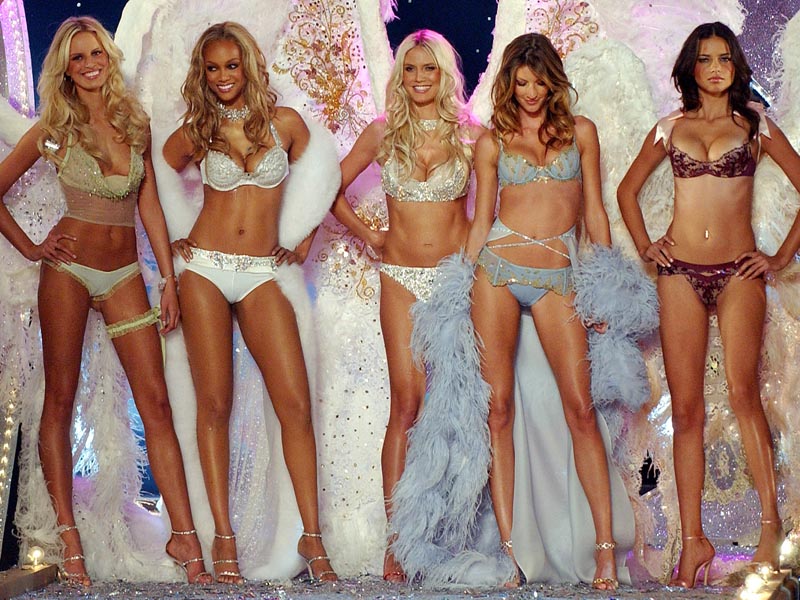
(Picture)
Alright, now that I have your attention….I bet you are wondering how macro-economists make policy recommendations or predictions about economic variables. How do they come up with their numbers and what are “these models” and analytical tools that they use? In this post, I will make an attempt to explain in simple terms, how macro-economists do their “magic”.
So first, what is a macro-economic model and how is it constructed? Well, a model (not a Victoria Secret one) is an attempt to distill the essence of the world the economist is trying to study. To do this, the economist tries to recreate the real world by staging economic agents or players. Some examples of economic agents are households, firms, banks, mortgage lenders, etc. Then, the economist sets the rules of the model. For instance, how much a household can borrow and whether they can default on loans, how quickly firms can turn labor and capital inputs into output, and so forth. The rules the economist imposes are meant to capture reality as best as possible. Now, given the set of rules, the economist analyzes the behavior of each player. This means that the economist figures out what each player will do to make themselves as well off given the set of rules they face. Once the economist has figured out how each player is going to behave, they combine the behaviors of all the players and make sure that all the behaviors are consistent with each other. For example, if one player is a producer and another is a worker, then the economist has to make sure that the amount of labor the producer demands at a given wage is equal to the amount of labor the worker supplies at that given wage. If the demand for labor is higher than the supply of labor, the economist adjusts the wage up to reduce the demand and increase the supply. This is done until the demand equals the supply: or what economists call “Equilibrium”.
The next task of the economist is to fit the model onto the actual data. This means that the economist chooses the values of the parameters of their model in order to have the model spit out numbers that emulate real-world data. For instance, if housing wealth to net wealth in a housing model is higher than in the data, then the economist needs to reduce the value that households in the model place on housing. This reduces the demand for housing, which reduces the price of housing and the value of housing in net wealth. Economists refer to this exercise as “Calibration”.
At this point, the economist is ready to use their model to make predictions. To do so, they take the calibrated model with their players and rules, and make changes to the value of some parameter in their model – this is the parameter they wish to study. For instance, suppose that the economist wants to learn how property taxes affect housing prices and home-ownership rates. Then, they simply raise the value of the property tax in their model, and let the players make new decisions until the model reaches a new equilibrium. The economist then reports the numbers in this new equilibrium as their prediction for what would happen if property taxes were raised.
So, should we believe the numbers economists tell us? Well, it depends on the policy they investigate, which players they have in the model and what rules they set for them. It also depends on whether we believe the model was properly fitted onto the actual data. Let me give you a concrete example. Suppose that you hear on the news that a macro-economist predicts that raising the labor income tax would increase government revenues. But what if the economist does not allow households in their model to reduce the amount of labor they supply in response to the higher income taxes they face? Clearly, the rules that the players face in this model are not sufficient to properly study the policy question of interest. What I am saying is that we should be hesitant to accept the predictions of this economist as an absolute truth.
In sum, macro-economists use models with economic agents (players) and rules that attempt to mimic the real world. They fit their model onto the actual data and then make predictions by changing different parameters in the model. However, the predictions will depend heavily on rules their players face and the way the economist calibrated their model. Thus, it is important to understand the underlying assumptions of the models the economist uses before rushing to conclusions based on the model’s predictions.


Very interesting models. It might be the naked truth about Macro-Economics models.
LikeLike